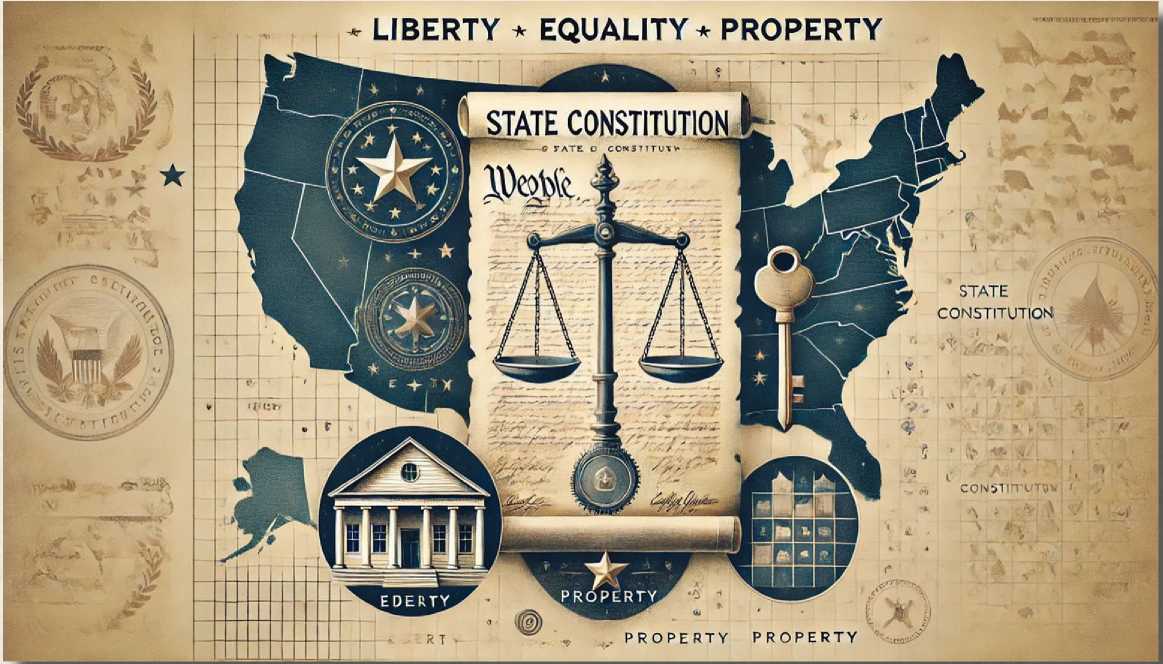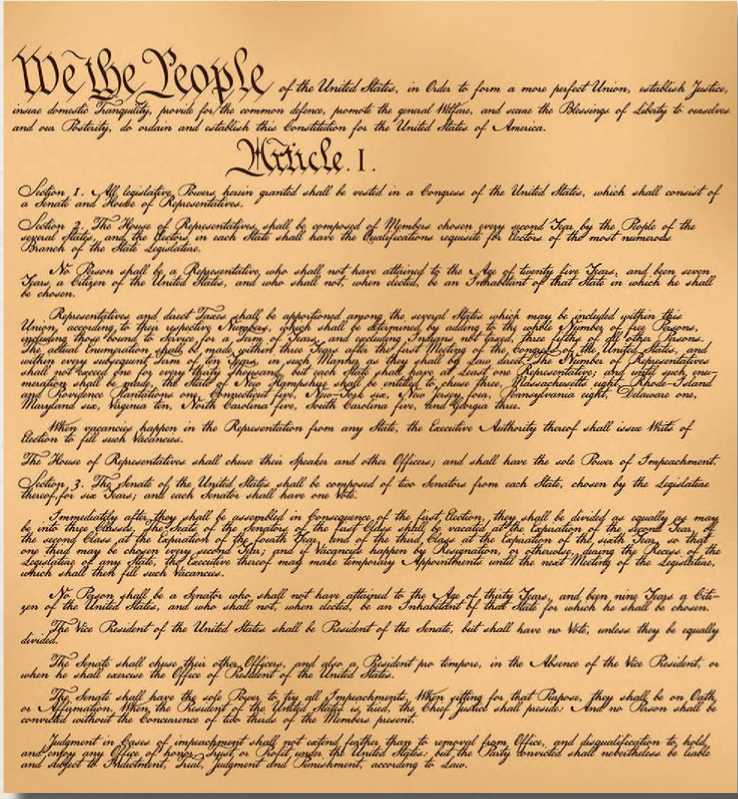
by Hon. Jeffrey S. Sutton
At the Wyoming State Bar Annual Meeting & Judicial Conference last year, I invited Chief Judge Jeffrey Sutton to speak about the independent role of state constitutions in protecting the liberty, equality and property rights of Wyoming citizens. His talk was so well-received that I asked him to write a brief article about some of the ways that lawyers in our state can use the Wyoming Constitution to protect rights that the U.S. Constitution does not protect.
~ The Honorable Kate M. Fox
Chief Justice, Wyoming Supreme Court
There is a lot to say about the role of state constitutions and state courts in protecting the rights of the people of Wyoming. Let me offer a few highlights—some of them taken from my two books on the topic: 51 Imperfect Solutions and Who Decides?
The first point, and the most critical one, is that state court judges and lawyers should never assume that what is good for the U.S. Constitution is necessarily good for the Wyoming Constitution. American federalism requires no less. It gives state citizens two opportunities, not just one, to protect their rights. Just as the Wyoming legislature may legislate in an area that Congress has left untouched, so the Wyoming courts may interpret the Wyoming Constitution to protect rights that the U.S. Constitution does not. Explanations abound for why the different charters permit different interpretations.
Start with the different words that the two constitutions often use. Take a mere five minutes to peruse Article I of the Wyoming Constitution, your Declaration of Rights, and you will quickly see many differences in language between the Wyoming and U.S. constitutions. The Wyoming Constitution's protection of individual rights is often phrased differently from the language of the federal Bill of Rights and the Fourteenth Amendment. Those differences in language can lead to differences in meaning—sometimes more rights-protective meanings, sometimes less so.
It's not just that the Wyoming Constitution contains different words. Often there are more words. Whether it's free speech, religious liberties, criminal procedure, or other individual rights, the Wyoming Constitution often protects those rights more specifically. More than that, the Wyoming Constitution often protects additional rights—rights unheard of in the federal context. The Wyoming Constitution, for instance, includes an "open courts" provision absent from the federal constitution. "All courts shall be open," it declares, "and every person for an injury done to person, reputation or property shall have justice administered without sale, denial or delay." Wyo. Const. art. 1, § 8. A paper tiger this is not. It bars the state legislature from an "unreasonable" or "arbitrary" abridgement of common law rights. Kordus v. Montes, 337 P.3d 1138, 1141 (Wyo. 2014). That rule has limited the legislature from immunizing employees from liability, Mills v. Reynolds, 837 P.2d 48, 54-55 (Wyo. 1992), and from erecting a time bar on children's medical malpractice claims, Kordus v. Montes, 337 P.3d 1138, 1148 (Wyo. 2014). Had state litigants relied solely on the federal constitution's general guarantee of "due process" to handle these claims, they probably would have lost.

These differences in language do not come out of nowhere. They arise from the distinct history of the Wyoming Constitution. If the key gauge of federal constitutional history comes through interpretation of the U.S. Constitution by the U.S. Supreme Court, not amendments by the people, the same cannot be said about the Wyoming Constitution and state constitutional history more generally. Almost everything you need to know about state constitutional guarantees, whether about structure or individual rights, comes from amendments to our 50 state constitutions. States have handled changed circumstances by changing their constitutions frequently and copiously through many conventions and many amendments. To interpret a state constitution, as scholar Alan Tarr explains, requires all of us "to act as constitutional geologists, examining the textual layers from various eras," conscious of the shifting ideas that led to those changes. G. Alan Tarr, Interpreting the Separation of Powers in State Constitutions, 59 N.Y.U. Ann. Surv. Am. L. 329, 332 (2003).
The history of the Equality State offers a case in point. Wyoming is responsible for a series of firsts in American history. In 1869, the pioneer women of Wyoming won the right to vote, the first Territory or State in America to do so. In 1890, when Wyoming applied for statehood, and some federal senators balked at the prospect of female suffrage, its territorial legislature refused to...
